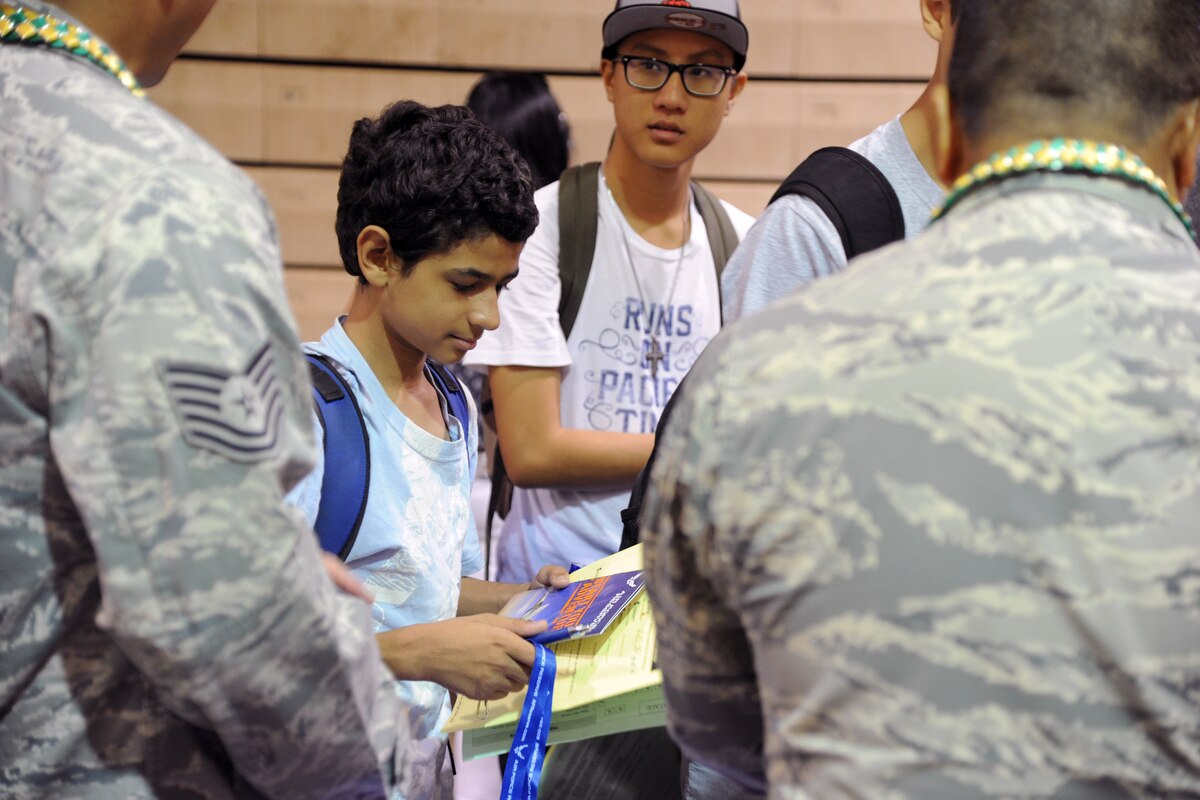The number of sailors who deserted the Navy more than doubled from 2019 to 2021, highlighting the lack of options contract-bound sailors face when they’re desperate to leave. May 18, 2022 / Melissa Chan / NBC News - The number of sailors who deserted the Navy more than doubled from 2019 to 2021, while desertions in other military branches dropped or stayed flat, pointing to a potential Navy-wide mental health crisis amid a spate of recent suicides, according to experts and federal statistics obtained by NBC News.
May 18, 2022 / Melissa Chan / NBC News - The number of sailors who deserted the Navy more than doubled from 2019 to 2021, while desertions in other military branches dropped or stayed flat, pointing to a potential Navy-wide mental health crisis amid a spate of recent suicides, according to experts and federal statistics obtained by NBC News.
Among a fleet of more than 342,000 active sailors, there were 157 new Navy deserters in 2021, compared with 63 in 2019 and 98 in 2020, Navy data shows. The total number of deserters who were still at large in 2021 grew to 166 from 119 in 2019. Most of them were 25 and younger.
“That’s staggering,” said Benjamin Gold, a defense attorney for U.S. service members.
In the wake of several suicides among sailors assigned to the warship the USS George Washington, the new desertion figures highlight the lack of options for sailors when they’re desperate to leave the military but are bound to multiyear contracts that many of them signed just out of high school.
Military law experts said the nearly unbreakable contracts — which can require up to six years of active duty — leave sailors with extreme alternatives: die by suicide or flee and face harsh consequences, including spending years behind bars as patriots-turned-pariahs.
“They feel trapped,” said Lenore Yarger, a resource counselor with the GI Rights Hotline, a nonprofit nongovernmental group that specializes in military discharges.
The National Network Opposing the Militarization of Youth (NNOMY)
Articles
 May 16, 2022 / Liz Walters / Common Dreams -This past January, student loan company Navient was made to cancel $1.7 billion in federal student debt in a federal settlement judged by Attorney General Maura Healey. The settlement, which also required Navient to distribute $95 million in restitution to approximately 350,000 federal loan borrowers, came after a long fight against the company's predatory lending practices, which promised to help students in need of tuition assistance, and instead steered them towards repayment plans that piled on unnecessary interest. Navient also participated in risky subprime lending without consideration for borrowers and their families, leaving hundreds of thousands of students in crippling debt that the company knew they would not be able to pay back. These shady practices have been going on for at least two decades with little government intervention. The settlement provided loan forgiveness for students who had borrowed between 2002 and 2010. During this time period, Navient, now privatized, was still known as Sallie Mae, an entity created by Congress to service federal loans. As Massachusetts Senator Elizabeth Warren put it: "Navient cheated students who borrowed money to pursue their dreams and allowed them to be crushed by avoidable debt, all while the U.S. Department of Education turned a blind eye."
May 16, 2022 / Liz Walters / Common Dreams -This past January, student loan company Navient was made to cancel $1.7 billion in federal student debt in a federal settlement judged by Attorney General Maura Healey. The settlement, which also required Navient to distribute $95 million in restitution to approximately 350,000 federal loan borrowers, came after a long fight against the company's predatory lending practices, which promised to help students in need of tuition assistance, and instead steered them towards repayment plans that piled on unnecessary interest. Navient also participated in risky subprime lending without consideration for borrowers and their families, leaving hundreds of thousands of students in crippling debt that the company knew they would not be able to pay back. These shady practices have been going on for at least two decades with little government intervention. The settlement provided loan forgiveness for students who had borrowed between 2002 and 2010. During this time period, Navient, now privatized, was still known as Sallie Mae, an entity created by Congress to service federal loans. As Massachusetts Senator Elizabeth Warren put it: "Navient cheated students who borrowed money to pursue their dreams and allowed them to be crushed by avoidable debt, all while the U.S. Department of Education turned a blind eye."
With pandemic restrictions easing, military recruiters are returning to high school campuses while anti-recruitment efforts struggle
 April 18th, 2022 / Roberto Camacho / Prism - The U.S. military utilizes a number of different recruitment methods to garner new enlistments, but their target audience has consistently remained the same: high schoolers, particularly young men from low-income and rural areas. Eighteen is the youngest age one can join the military without parental permission, but the armed forces still regularly market military propaganda in schools. Although the military does enjoy support within the public system, a grassroots movement of students, teachers, parents, and organizations has led efforts to reduce military recruitment presence and activities on high school campuses.
April 18th, 2022 / Roberto Camacho / Prism - The U.S. military utilizes a number of different recruitment methods to garner new enlistments, but their target audience has consistently remained the same: high schoolers, particularly young men from low-income and rural areas. Eighteen is the youngest age one can join the military without parental permission, but the armed forces still regularly market military propaganda in schools. Although the military does enjoy support within the public system, a grassroots movement of students, teachers, parents, and organizations has led efforts to reduce military recruitment presence and activities on high school campuses.
“We face an uphill battle not only because of the prominence of militarism in our society but [also] because there has been a lack of foresight by progressive people who aren’t thinking about what can happen 10 years down the line,” said Rick Jahnkow, former program coordinator for the nonprofit Project on Youth & Non-Military Opportunities (Project YANO) and a current member of the organization’s board of trustees.
The U.S. military has been an all-volunteer service since the end of the draft and the Vietnam War in 1973, making aggressive recruitment efforts essential to maintaining its 1.3 million-member active-duty global military force. Military recruitment in public schools isn’t new, but the level of access the military has to students and their information has increased alarmingly over the past several decades. Notably, recruiters got a significant boost when then-President George W. Bush signed the “No Child Left Behind” Act into law in 2002—under Section 9528 of the act, schools can lose their federal funding if they fail to allow military recruiters the same level of access to students and their private information as they do to other recruiters from community colleges and universities.







